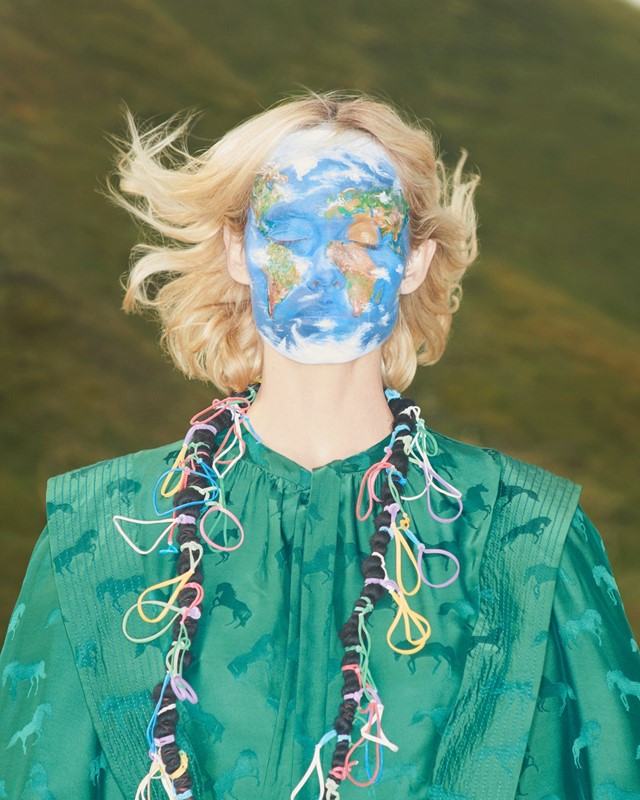Algae, mushrooms and pineapples are the unlikely ingredients for a series of bizarre sustainable materials being employed by the likes of Stella McCartney, Hermès, and Gucci
In the path towards a more sustainable fashion industry, brands and designers are branching out beyond ubiquitous materials like cotton and polyester and instead tapping into unexpected resources. Spirulina, wood pulp and even grapes are providing the foundations for a new raft of fibres and fabrics that are pushing the boundaries of material science and technology. Here, we explore the weird and wonderful materials you can expect to see a lot more of over the coming year, from brands like Ganni, Gucci and Adidas.
Biodegradable stretch denim
Over the past few years, photographs have emerged showing partially biodegraded jeans that leave thousands of plastic threads behind. Synthetic, fossil-fuel derived fibres take tens or even hundreds of years to break down and are a widespread blight on the environment. To tackle the issue while still giving us stretchy jeans, heritage denim manufacturers Candiani Denim patented Coreva: a plant-based yarn made from natural rubber which is then wrapped in organic cotton, creating a completely plastic-free stretch denim.
“We went through the testing, and we discovered we landed on a bigger deal than just a biobased elastomer. It’s biobased, it’s biodegradable, and it’s compostable. And when it does compost, you get regenerative properties that facilitate germination,” says global manager of Candiani Denim, Alberto Candiani. “So we’re looking at a circular system based on fabrics that at the end of life can be returned to nature as a biofertilizer.” Other brands who’ve embraced the technology include sustainability stalwarts Stella McCartney, Hiut, and Kings of Indigo.
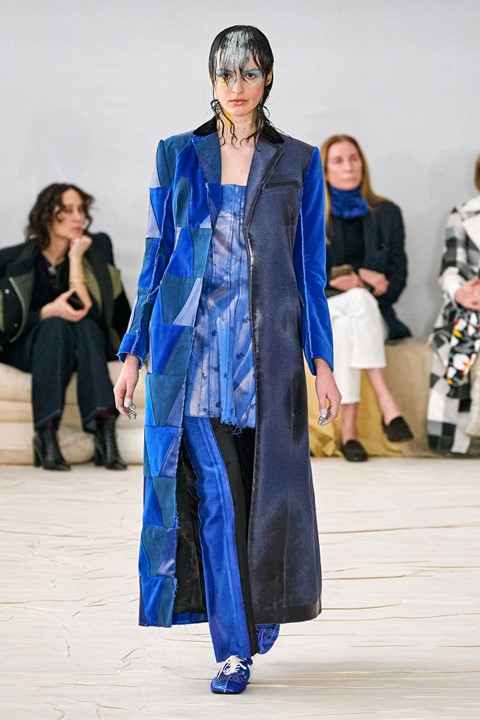
Grape leather
Biomaterials company Vegea uses the byproducts of the winemaking process, vegetal oils, and natural fibres from agriculture to make what’s being called ‘grape leather’. Although flying under the radar in terms of consumer recognition, the material has already been used by the likes of Marni, H&M, and Mr Porter.
Its most high profile application, however, will undoubtedly be in Ganni’s love-them-or-hate-them chunky 90s sandals. In line with its plan to phase out animal leather, the Copenhagen brand will be releasing eight pairs of Vegea sandals as part of its S/S22 collection. If social media reaction is a trusty barometer, the collection is sure to popularise the material.
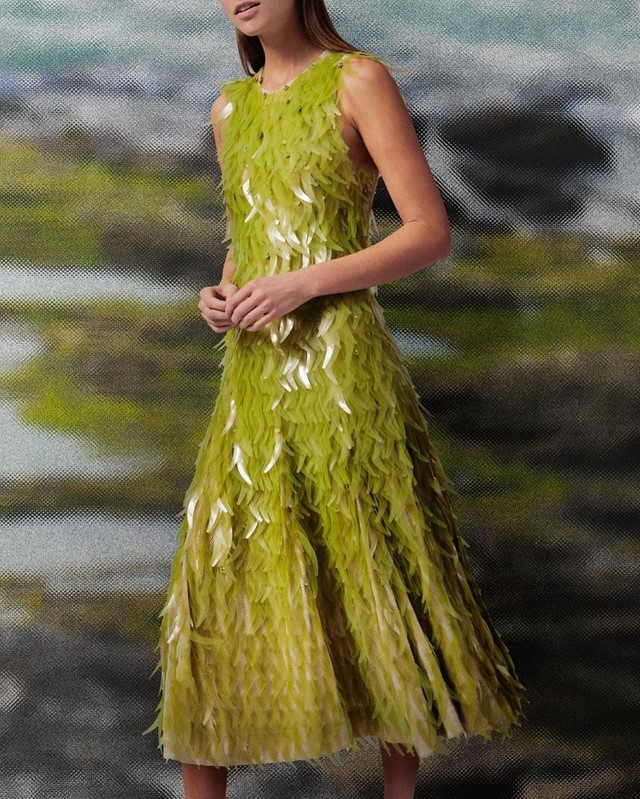
Algae everything
More than just the green stuff that grows on ponds, algae are becoming the backbone of many sustainable innovations, from food to packaging and, of course, fashion. Designer Charlotte McCurdy, who created a waterproof jacket made of algae as her graduate project at the Rhode Island School of Design, teamed up with Phillip Lim in 2021 to create an algae sequin dress as part of Slow Factory’s One x One program. Building upon the technology behind her coat, which she doesn’t plan on taking to market, McCurdy created the feather-like sequins by exposing algae to heat and pouring the solution into glass moulds to solidify.
Menswear brand Vollebak used spirulina algae to create a black dye as an alternative to the ubiquitous carbon black, which is derived from petroleum; Jason Momoa launched a line of sneakers with algae insoles, while textile innovation company Algaeing has developed both algae cellulose threads and algae-based dyes. The algae takeover is coming!
Pineapple leather
One of the most widely known leather alternatives is Piñatex by Ananas Anam. Made from waste pineapple leaf fibres, the leather-like material was the foundation of Nike’s 2021 Happy Pineapple collection, and found its way into Selfridges via Mārīcī, a plant-based accessories brand.
Strong yet lightweight, the fabric is a popular choice for shoes and bags, but has also been used for dresses, jackets, and suits. Thanks to its versatility, the list of brands dabbling in Piñatex is growing exponentially – Paul Smith, Hugo Boss, and H&M have all used it.
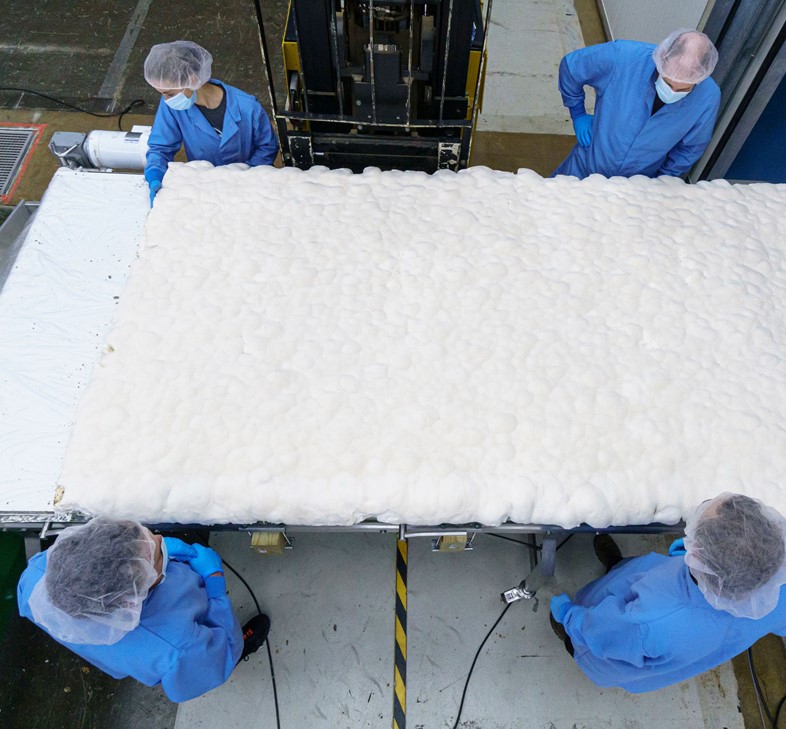
Wood pulp fibre
The idea for Spinnova came in 2009, but it wasn’t until last year that the company – and the fibre – was ready for commercialisation following a thorough period of research and development. Made from wood pulp, Spinnova fibre is 100% biodegradable, uses 99 per cent less water than cotton and, according to the company’s founders, actually improves each time it is recycled. “In our recycling we just improve the homogeneity each time,” says co-founder and CTO Juha Selmela. The Finnish company is selective about who it works with, having collaborated with Marimekko and The North Face. “We want partners that are committed, and highlighting sustainability,“ says CEO and co-founder Janne Poranen.
Adidas has also committed to securing “significant volumes of Spinnova material.” So far, it has been used to make a host of products including hats, jackets, outdoor coats, rucksacks, and even skis. While Spinnova was founded on circularity innovation, it’s set to expand further into upcycling waste materials with a leather waste fibre pilot in the works.
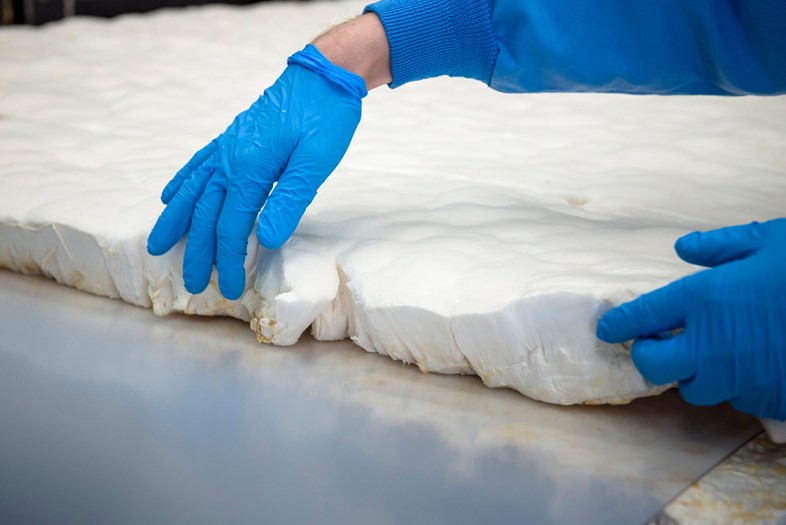
Mushroom leather
Mushroom leather (AKA mycelium) isn’t necessarily a new concept, but a new cooperative will see it roll out to an even wider audience in brand new guises. Ecovative, which has scaled up its production and is now able to grow sheets 1.8 metres wide and up to 24 metres in length, has launched a cooperative with Bestseller and PVH Corp. “We’ll be arming (the brands) with new material advancements over the next six to nine months to then take those materials and then start to integrate them into concept products for an entire range,” says co-founder Gavin McIntyre. “What’s really important about the organisations that we’re aligning with is we really believe that democratisation of technology is important. These products need to be broadly accessible.”
Vertically farmed, and petroleum-free (many vegan leathers incorporate plastic in some form), McIntyre hopes the cooperative will see Ecovative evolving in new ways. Mycelium is already a favourite of brands like Stella McCartney, Hermès, and Gucci, but so far it hasn’t been used at a large scale. The new cooperative, coupled with Ecovative’s production capabilities, could mean we’re about to see a serious mushroom leather boom.
